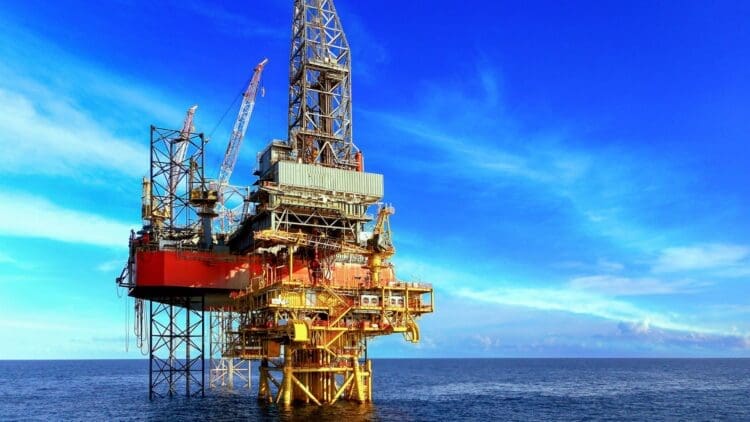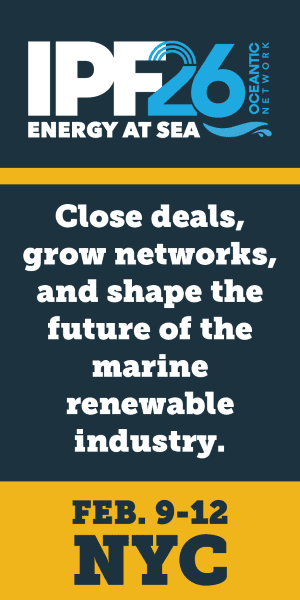Galp, a Portuguese major energy company with a vast portfolio around the world, recently announced that it has raised its outlook after a substantial earnings surge directly linked to the company’s upstream sector. It’s coming to that point of the year where companies deliver their quarterly results and provide expectations for the rest of the year, and Galp has given its investors a positive boost ahead of the holidays with a significant return on their investment. The global energy transition to renewable energy has not dampened the company’s earnings this quarter.
Galp’s third-quarter performance far exceeded industry experts’ forecast
As the world transitions towards the renewable energy sector following years of stagnation, some industry experts have expected a less favorable performance for traditional upstream operations, but that has not been the case for the Portuguese company, as noted by the company’s CEOs.
Galp saw its quarterly performance rise to an unexpected high of $474 million for the quarter, which is approximately 53% higher than expected. Maria Joao Carioca and Joao Marques da Silva, who are together the company’s co-CEOs, noted that the company is “well positioned to exceed its current 2025 guidance for both Ebitda and OCF”.
A volatile upstream market has not affected the company’s earning potential
In the face of a less-than-favorable upstream sector dominated by plant closures and a global transition away from conventional energy generation in favor of the new renewable energy potential that wind, solar, and nuclear present, Galp’s Q3 performance far exceeded even their own expectations.
The company’s upstream performance has been boosted by the new production from the Bacalhau FPSO in Brazil, as well as a partially weaker oil price, which has resulted in the company outperforming its own quarterly returns expectations.
The company has noted it expects the good times to keep on rolling for the rest of the year
It has become a rarity for any company, let alone one that operates in a volatile market like the energy one, to experience favorable performance consecutively over the months of the year. Galp has stated that its upstream production increased by 2% in Q3, marking a positive performance year-on-year. In Q3, Galp produced 115,000 barrels of oil equivalent per day.
Additionally, the company noted that it expects the great performance in the upstream sector to continue to exceed expectations and full-year production to end up on the upper end of guidance, between 105,000 and 110,000 boepd.
Galp’s African venture is set to attract the best and brightest in the upstream sector
The company’s 80% owned Mopane oil and gas discovery, just off the coast of Namibia in Western Africa, is set to attract several high-stakes bidders. The company previously noted that the complex in Namibia holds an in-place resource of about 10 billion boe across the vast plains of the project’s 13 distinct reservoirs.
Africa has seen several new projects being commissioned in recent months that could reshape the continent’s standing in the international energy community. The company’s CEO, Maria Joao Carioca, noted that it had received non-binding offers before the summer months began and is contemplating which bid to take into consideration.
Galp’s strong performance in Q3 points to the fact that the upstream sector remains significant for the energy sector
Despite the clear and ever-present need to diversify the global energy sector by integrating more renewable energy projects, Galp’s upstream performance during the third quarter of this year points to the fact that the upstream sector remains the cornerstone of the international energy industry. In a world where every project receives some level of backlash from environmentalists, all calling for an end to oil and gas production, Galp stands strong as an exemplar of the mainstream conventional energy sector.
Disclaimer: Our coverage of events affecting companies is purely informative and descriptive. Under no circumstances does it seek to promote an opinion or create a trend, nor can it be taken as investment advice or a recommendation of any kind.





